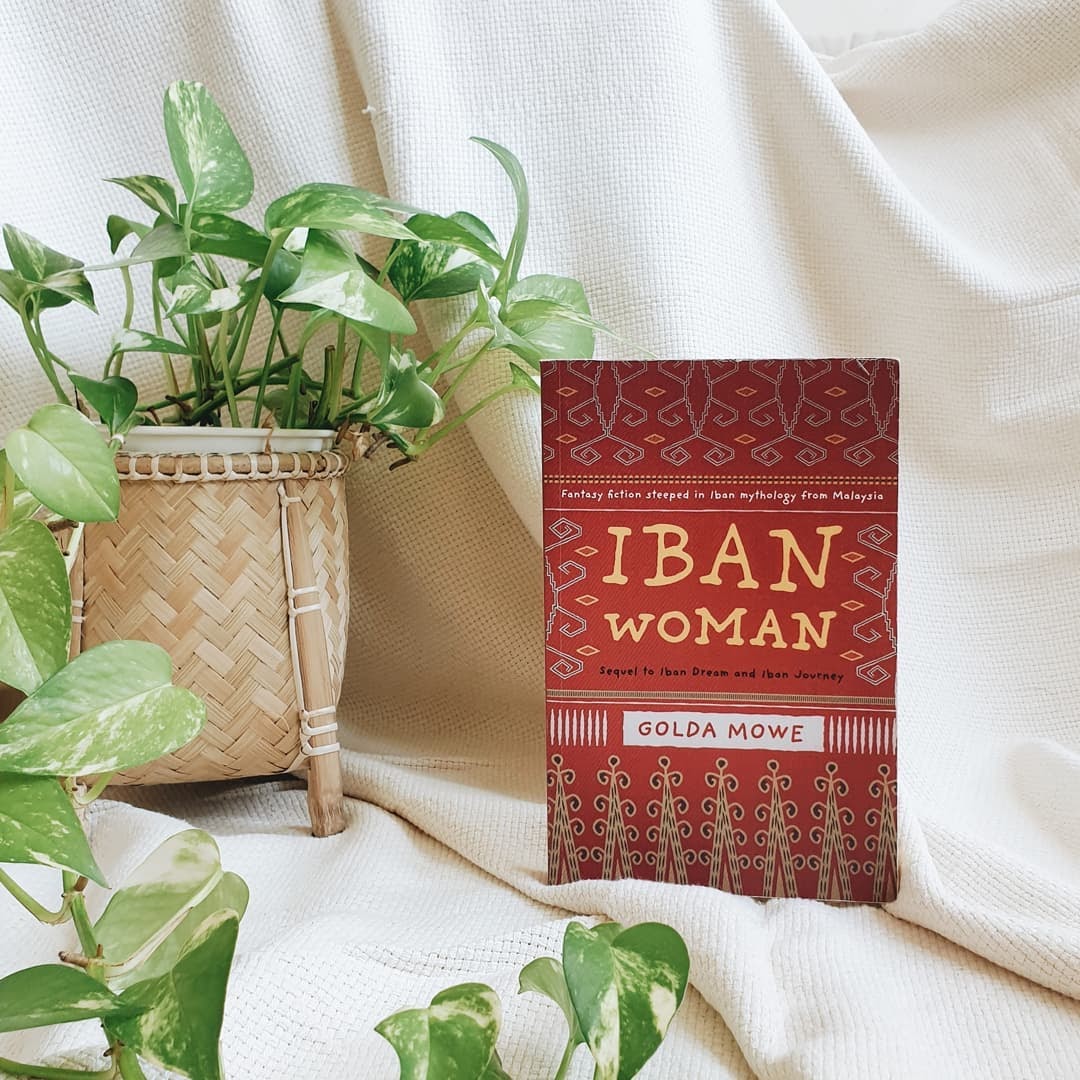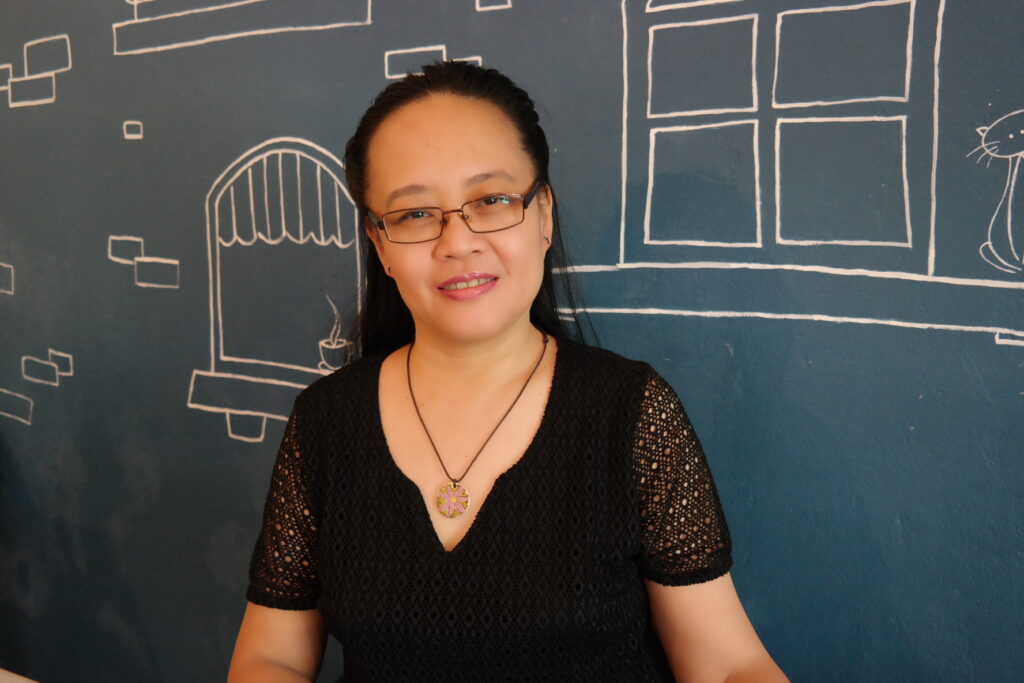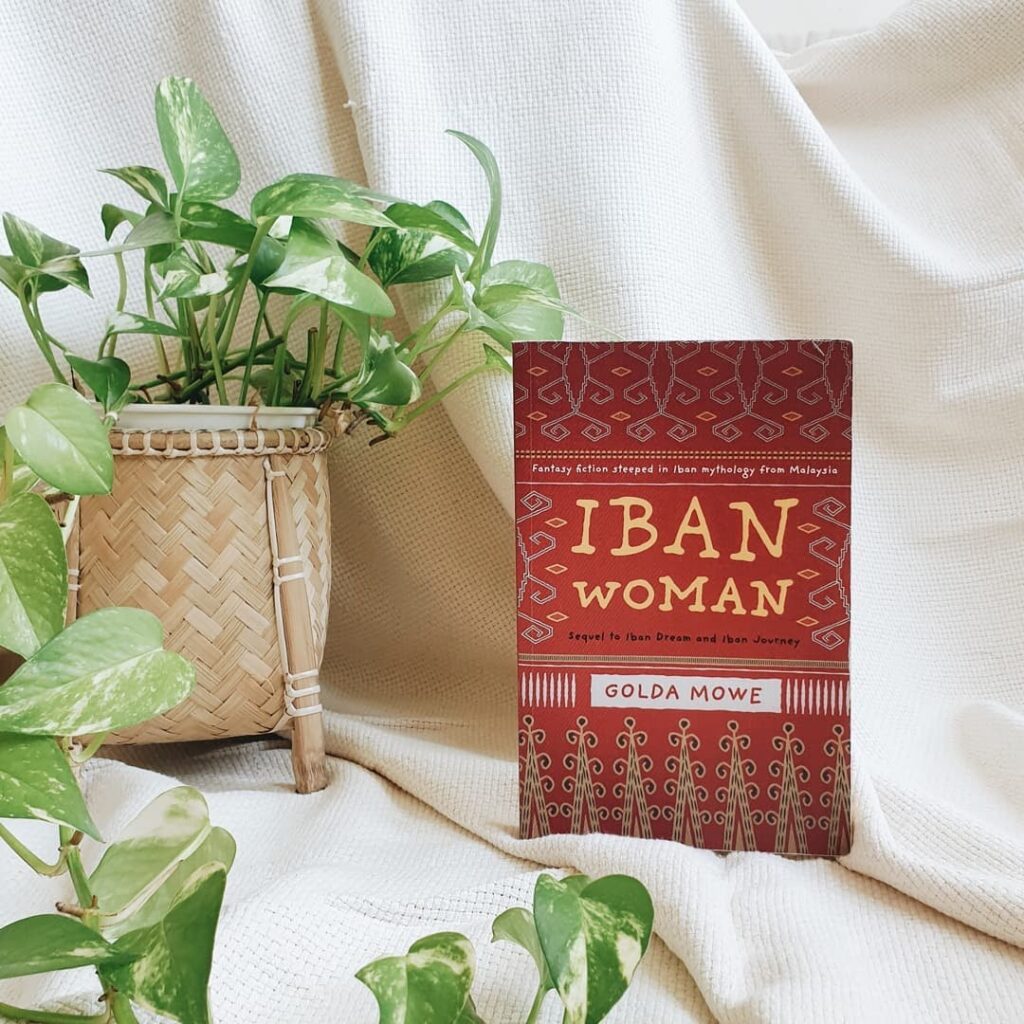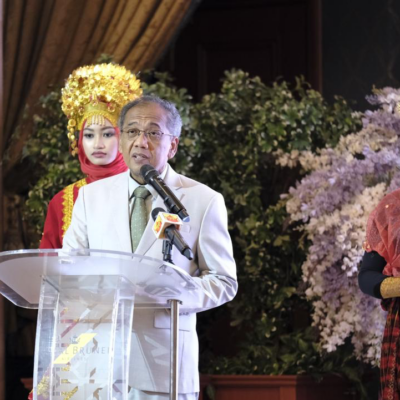by Jia Ying Chia
When Golda Mowe decided she wanted to become a writer, the accounting graduate and Asia history buff was certain about very little; she longed to see her indigenous heritage and their stories in bookstores which led her to write Iban Dreams. It became a fictional series of books with real Iban folklore and traditions as their backbone. Her latest novel, the Monk Prince, is one of the very few publications by a Bornean writer visible on a global publishing platform.
Q: You’ve said that folklore and scary stories are the things you’ve loved growing up a a child and certainly Borneo’s jungles are rife with stories and sightings. Are there any particular ones that have inspired or spooked you until now?
A: My favourite spooky stories are the ones close to home. My grandfather said he was chased by a koklir once. This is the spirit of a vengeful woman who died at childbirth. He hadn’t seen how she looked like, but he could hear her cluckling as he was making his way home. He ran because he believed he had a literal devil on his heel. I might’ve experienced something similar when I lived in Kuching. I heard the kok-kok-lir clucking outside my kitchen window one night. All the windows and doors were shut tight to keep the mosquitoes out but I was scared out of my wits. I still regret to this day I hadn’t had the courage to look out and actually see what that thing looked like. Might’ve just been a bird, for all I know. I’m also exploring Chinese and Indian folklore characters because of the long trading history these two countries had with Borneo. I think it is natural for foreign characters or deities to appear in my stories because Sarawak is a melting pot of cultures. People didn’t just come on their own, they brought their stories and their deities to the island too.
Q: The art and discipline of refining your work is a painstaking process for writers. How do you feel about the publishing industry now, especially with the ease of digital self-publishing?
A: Writers now have a wide range of publishers and publishing methods, which I think is a good thing, but you have to think of it as which method will best fit your needs. Know your own limits when it comes to publishing and understand what your objective is. In my case, I knew nothing when I first started so I promised myself to get a traditional publisher. This means that my work will only be accepted if the publisher believes it is good enough to invest in. It’s a long and slow process. In fact, I finished the first draft of The Monk Prince around 2005/2006 and only signed a contract with Penguin Random House SEA in 2020. Yet for all the effort, the reward is miniscule. There isn’t enough readership in the region to let me make a living from writing. Don;t leave your day-job if you are planning on following this route. However, if you are well known for a particular speciality, like Tony Robbins is for his motivational talks, then it makes more sense for you to self-publish., You’ve already done all the work to get a stable fan base. .
Q: As one of the very few writers representing indigenous Bornean culture to the English-speaking community, are there times where things get lost in translation?
A: The disadvantage of fiction is that you can’t do an info-dump. Your reader expects to be entertained, not taught. The advantage is that, a novel is long (minimum 60,000 words) so you can repeat the same idea from a different perspective. For example, the size of a grave is critical to Iban burial rites. In Iban Dream I mentioned that Bujang Maias digs a hole to the exact size of a small casket for Upa’s husband. Much later in the same book, when it is discovered that Germun’s grave is too wide for his casket, his son Gamit resolves to go to war even though it means his death. Thus, from there two scenes, I hope that the reader will naturally pick up on the idea that if a grave has excess space to the side, it means that there will be another death in the family.







